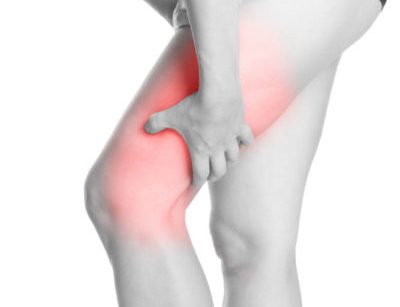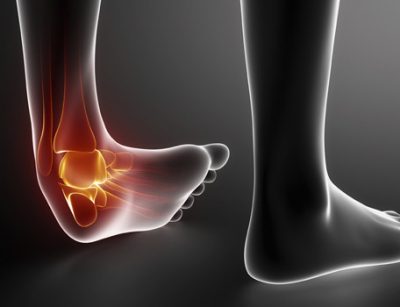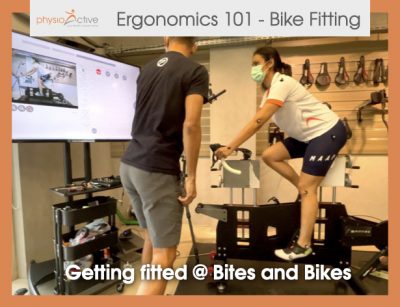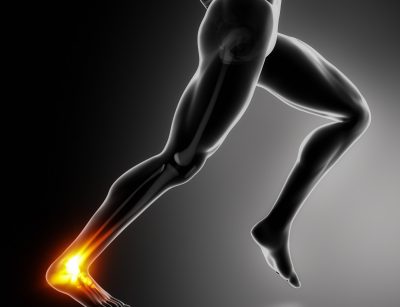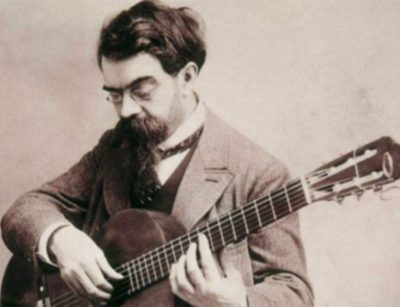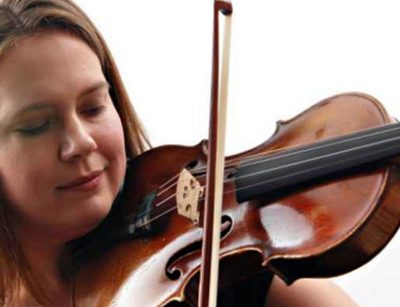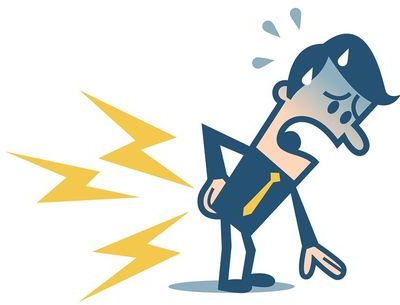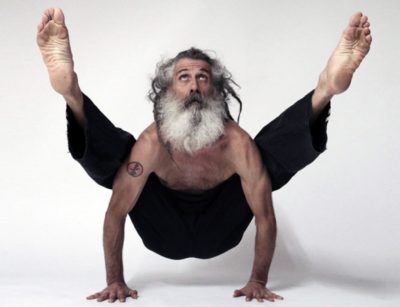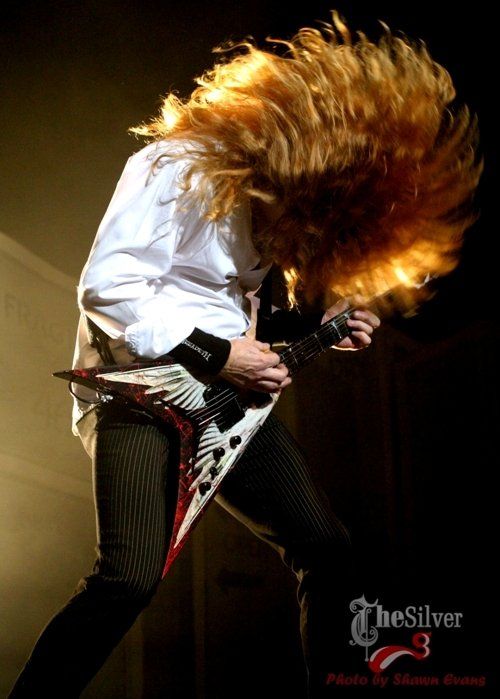
One afternoon I was watching the television at home when the legendary Dave Mustaine, lead vocalist/guitarist of Megadeth, appeared on my 50 inch screen. My vision and attention was immediately captured by this iconic image as my mind went down memory lane, to the times I used to head-bang to his tunes. I am a big fan of the song Peace Sells – their exceptional debut that catapulted the band to stardom. However, my attention was re-directed at something else, almost instantly, given my “physio senses” started tingling. Dave Mustraine had a neck collar on! He was speaking about the injury that had crept up silently which was currently excruciatingly painful.
He expressed, “There’s one move I used to do; I used to always snap my head back and forth…It wasn’t like I was doing it for a dance move or something choreographed or corny like that. It was just a form of expression—“.
Even though he had a speedy recovery, it has been challenging for Dave to get back into full swing performances on stage. Consequently, singing and Headbanging simultaneously is more difficult, in terms of flexibility and apprehension as a result of his condition. Nonetheless, it did not stop him to rock the stage. He was asked whether he would like to continue with head banging: “I can head bang, but I’ve found with the limitation of, ‘Do I want to headbang or do I want to be in a wheelchair?’ I kind of toned it down a little bit. There are more body parts you can move around. I mean, I’m not dancing or anything like that but I’m making the best use of it I can.”
Switching off my television, I laid back on the couch and began to introspect:
What sort of Physiotherapy treatment would I have given Dave had he come to PhysioActive Jakarta…….?
Due to the obvious stiffness and soreness around the neck, I would gently start off with pain management of his neck. Improving his blood flow would essentially help as well, so I would wrap a hot pack around his neck and keep it there for sometime. Additionally, I would suggest he do the same as home treatment to help relieve pain. Moving on, I’ll gently use manual therapy techniques. By mobilising his cervical and thoracic spine I would aim to maintain and improve the joints in motion. Consequently, the painful sensations may get stronger, and, as everyone has a different tolerance to pain, I would check with Dave if it’s too much to handle. Further on, stretching exercises for his neck, trunk, and arms must be done to improve his flexibility – softly, progressively and gently side bending of the neck and improving neck rotations as I’d expect some pain and discomfort–especially stiffness and feeling of soreness.
As the saying goes – Patience is also a form of action –
It would take some time to make progress towards the desired state. Therefore I have to make sure Dave is aware of the basics correctly to prevent further complications. People tend to misconceptualized physiotherapy treatments. Physiotherapy involves hard work and patience; dedication and commitment; patience and perseverance. It’s not simply a one-time or couple of months of treatment; as a matter of fact, it’s about understanding the dynamics and always being aware of good active movement for a healthy lifestyle; and more importantly adapting it as daily routines and habits. Therefore other key points in this rehab I would focus on delivering to Dave include education, prevention, and planning.
That day, I somehow couldn’t get Dave out of my head, so when i went to Physioactive clinic, I casually said “Hey Siri, play some Megadeth”..

